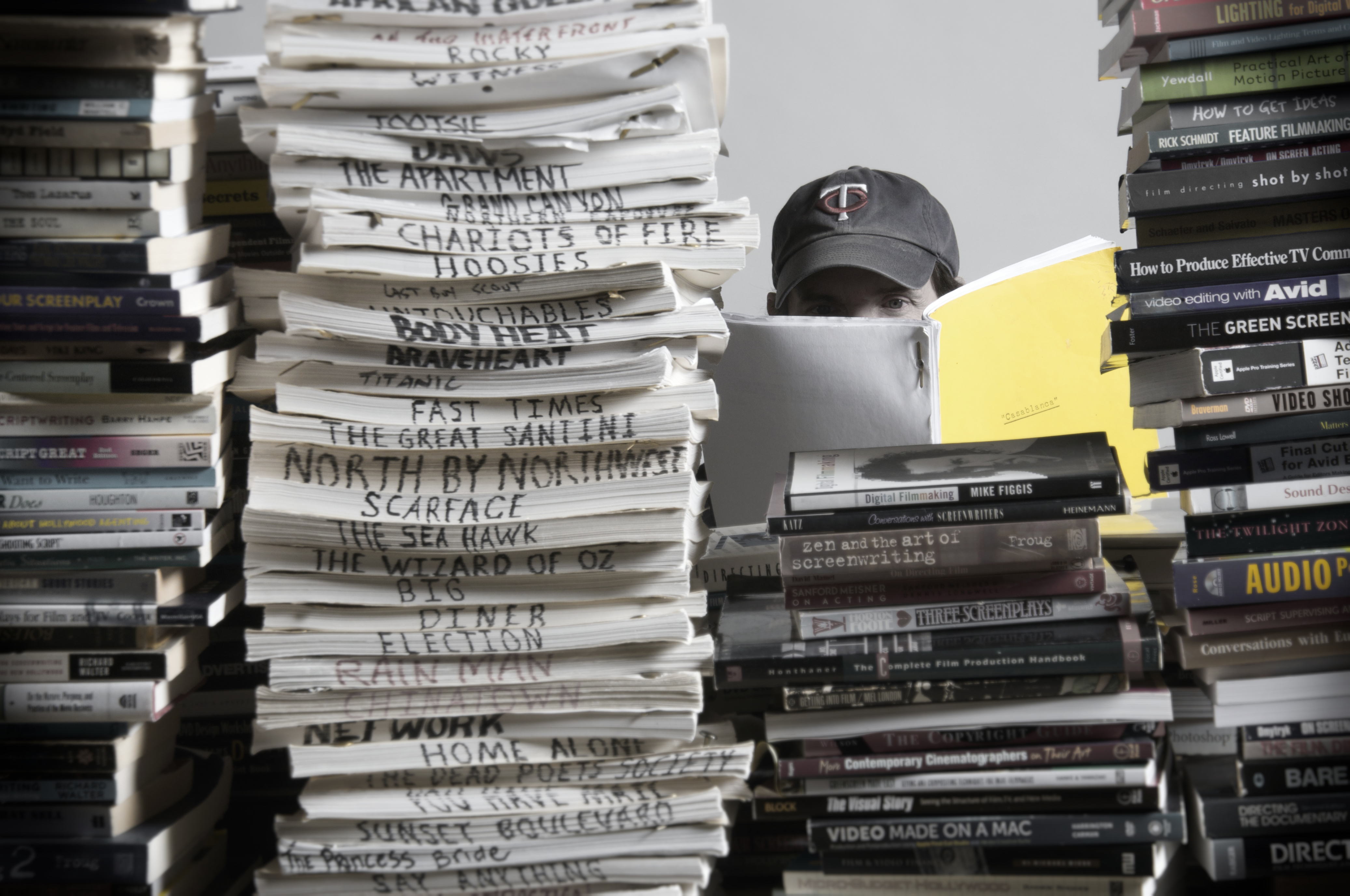In your next paragraph, you are to discuss other CINEMATIC INFLUENCES that have informed the production. It would be great if you could also find a screenplay and reveal how an element of the writing has been an influence.
- Talk about how these films/screenplays have influenced your creative decisions
- Pick 2-3 specific examples from your film that have been directly influenced by any of the shorts or other cinematic influences.
- You may use screenshots side by side to illustrate your points.
Select your cinematic influences, write a paragraph (550 words) explaining the influences and include screenshots.
A screenwriting learner may reference a script influence like so:
The screenplay for La La Land had a big influence on my film. Damien Chazelle's introduction to Mia garners instant audience empathy in his description: ' Mia, 27. Six years of 'no' in L.A. have toughened her, but she's still a dreamer. Fast, fiery, full of energy.'. It was my intention that the way I introduced Jill to the narrative would also create a sympathetic connection with the audience. I used the codes of a typical 'everywoman' by describing her as a 'hen-pecked single mother of two who, in her spare time, lived on a diet of boxsets and loosely based Bridget Jones fantasies'.
Here is another example:
I wanted to begin Angel Mine with a high degree of naturalism in the mise-en-scene, and in the performance, along the lines of Three Billboards Outside Ebbing Missouri (McDonagh, US/UK, 2017. Albert is seen as precise, perhaps grumpy, and withdrawn, and I used the opening dinner shots from High Maintenance as a device to show this. The difference, of course, is that Albert is sitting alone at a table set for two, and an often used dissolve from the empty seat to a photograph on a side table leads the audience to realise that the missing person is his deceased wife. This is similar to the connection made in Citizen Kane (Welles, UK, 1941), when the doorway dissolves to a newspaper photograph of the door and pulls out to reveal the story.
There is a clear element of Liam Cunningham’s character (from Pitch Black Heist) in Albert, particularly in his increasingly agitated state and reaction to an increasingly frustrating situation. Albert’s moment of decision (the mid-point character crisis) is similar to that of Brendan Gleeson’s character from In Bruges (McDonagh, UK, 2008), and I wanted it to lead to a similar night shot sequence. I tried to shoot this sequence in the same way as the sequence from In Bruges, focusing on Albert, tightly framed, and with only one definitive word of dialogue. Equally I used the tight framing on the two-shots from Pitch Black Heist in the two-shots with Albert and his tormentor.
The walk from Albert’s home to the church is shot largely with a reverse track and I was inspired to do this from watching a selection of Encounters Festival 2017 short films where I discovered Grand Prix Award winning Sweet Maddie Stone (Hood, UK, 2016) that uses this as its establishing shot. I wanted to use it to transition between the two halves of the film, from the naturalism of the opening, to the magical surrealism of the Angel’s arrival.
The Angel’s arrival uses a pixilation technique first developed by experimental filmmaker Norman McLaren in the 1950s. I coupled this with adding light trails in post-production, after I watched the classic version of the film Tron (Lisberger, US, 1982) in order to create a really strange, magical movement, that is both creepy and powerful. I watched a video on YouTube on how to do this in After Effects, and although it was a really long process for such a short sequence, I thought it was really important to do it as this the Angel’s arrival is a key plot point, and had to be shot in a way that stressed its importance.
I got the idea for the death of the people in the church when I watched Kingsman: The Secret Service (Vaughan, UK, 2014). Their church scene is very different to mine, but it did make me think that a church was a great location for having something terrible happen in it. I did however try to use the editing from their scene, as it added a frantic pace and also allowed me to cut together close-ups to infer actions, meaning I didn’t have to shoot things that were really difficult or impossible to achieve.

